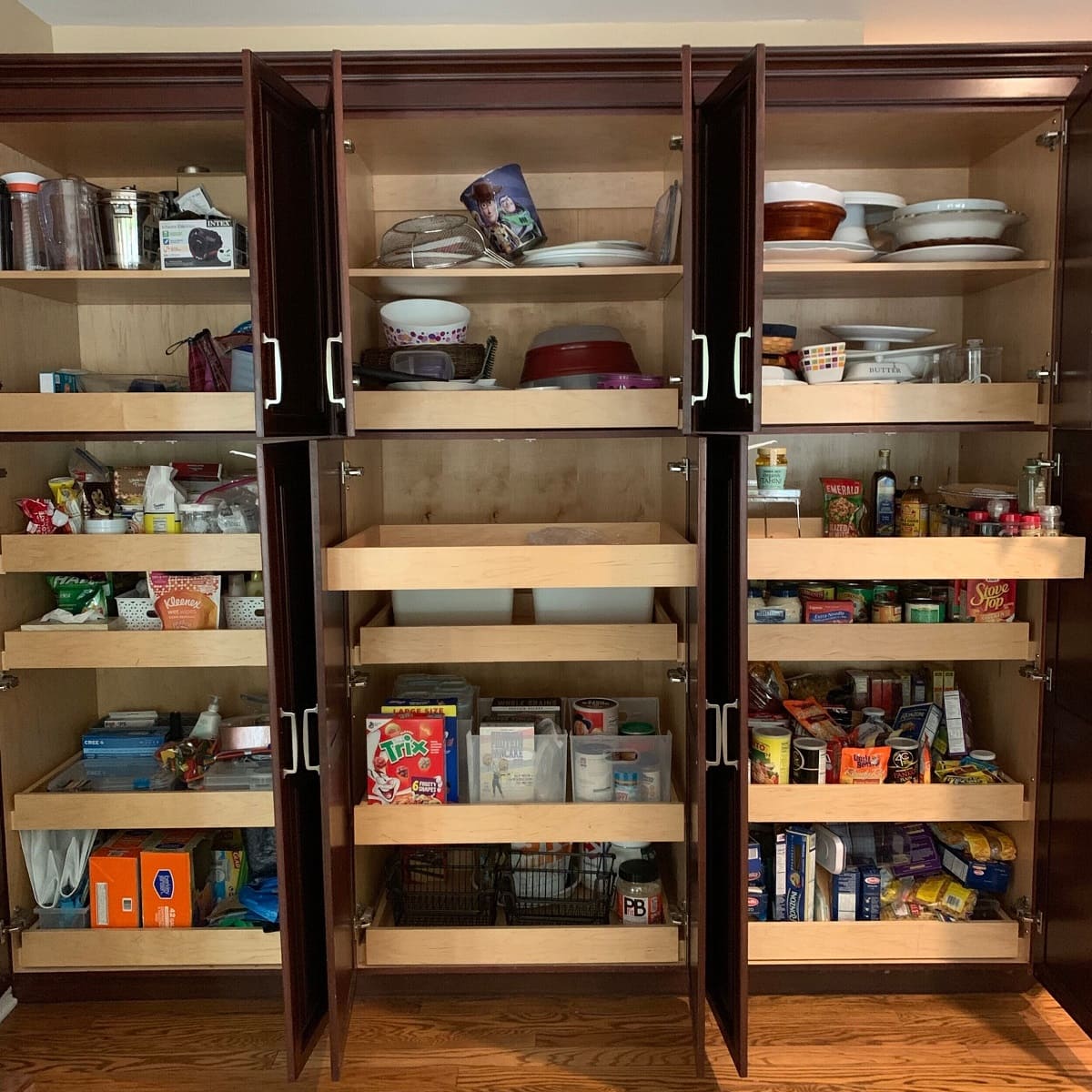

Articles
How To Organize A Deep Pantry Cabinet
Modified: February 27, 2024
Learn how to efficiently organize your deep pantry cabinet with these helpful articles. Maximize your storage space and keep everything easily accessible.
(Many of the links in this article redirect to a specific reviewed product. Your purchase of these products through affiliate links helps to generate commission for Storables.com, at no extra cost. Learn more)
Introduction
Having a deep pantry cabinet can offer valuable storage space in your kitchen, but it can also become a disorganized mess if not properly managed. When items are haphazardly thrown in, it can be challenging to find what you need and keep track of food expiration dates. Fortunately, with a little organization and strategic planning, you can transform your deep pantry cabinet into a functional and efficient space.
In this article, we will explore some practical tips on how to organize a deep pantry cabinet. From assessing the current state of your pantry to sorting items and utilizing storage containers, we will cover everything you need to know to create an organized and easily accessible pantry.
So, let’s dive in and learn how to transform your deep pantry cabinet into a well-organized and clutter-free space.
Key Takeaways:
- Transform your deep pantry cabinet into an organized and efficient space by assessing, sorting, and categorizing items. Utilize storage containers, arrange items based on accessibility, and maintain with consistent labeling for a clutter-free pantry.
- Maximize space and accessibility in your deep pantry cabinet with strategic organization. Utilize storage containers, arrange items based on frequency of use, and maintain with clear and visible labels for a stress-free cooking experience.
Assessing the Pantry Cabinet
Before diving into the organization process, it’s essential to assess your deep pantry cabinet to get an accurate understanding of its current state. This step will help you identify any issues that need to be addressed and allow you to plan your organization strategy accordingly.
Start by completely emptying your pantry cabinet. Remove all items and place them on a clean surface, such as your kitchen counter or dining table. As you empty the cabinet, take note of any expired or spoiled items that need to be discarded. This will create space for organizing the items you plan to keep.
Next, examine the shelves of your pantry cabinet. Are there any damaged or unstable shelves? If so, consider replacing or repairing them before beginning the organization process. It’s important to have sturdy shelves that can support the weight of your items without sagging or causing any safety hazards.
Take a moment to evaluate the size and depth of your pantry cabinet. Is it deep enough to accommodate your items? Are there any challenges or limitations due to its design? Understanding these factors will help you plan the best organization system that suits your specific pantry cabinet.
Once you have assessed the physical characteristics of your pantry cabinet, consider your storage needs. Take inventory of the items you typically store in your pantry, such as canned goods, dry goods, spices, baking supplies, and snacks. This will give you an idea of the types of storage solutions you will need to invest in.
Finally, think about accessibility. How frequently do you use certain items in your pantry? Are there any items that you need to access easily on a daily basis? Consider placing these frequently used items within reach, while less frequently used items can be stored in less accessible areas of the pantry cabinet.
By thoroughly assessing your deep pantry cabinet, you will have a clear understanding of its current state and can proceed with a well-informed organizational plan. Once you have completed this initial step, you are ready to move on to the next phase of organizing – sorting and categorizing items.
Sorting and Categorizing Items
Now that you have assessed your deep pantry cabinet, it’s time to sort and categorize the items you have removed from it. Sorting and categorizing will help you create a more organized and efficient system for storing your pantry items.
Start by grouping similar items together. For example, group all canned goods together, all dry goods together, and all spices together. This will make it easier to find specific items and ensure that you utilize the space in your pantry cabinet more effectively.
As you sort through your items, discard any expired or spoiled food. It’s important to keep your pantry cabinet clean and free from any potentially harmful items. Additionally, consider donating any non-perishable items that you no longer need or use. This can help reduce food waste and benefit those in need.
Once you have sorted your items into categories, consider the frequency of use for each category. Items that you use regularly should be placed at eye level or within easy reach. This will help you quickly locate and access these items without having to dig through the entire pantry cabinet.
For items that are used less frequently, such as specialty ingredients or seasonal items, consider placing them on higher shelves or in the back of the pantry cabinet. This will free up space for regularly used items and ensure that everything is easily accessible.
When organizing your pantry items, it can be helpful to utilize storage containers and bins. Clear, airtight containers are ideal for storing dry goods like pasta, rice, and cereal. They not only help keep your pantry organized but also keep your food fresh for longer periods of time.
Labeling is another crucial aspect of sorting and categorizing your pantry items. Clearly labeling each container or bin will make it easier to identify what’s inside, eliminating the need to open multiple containers to find a specific item. Labels can be handwritten, printed, or even created using a label maker for a more professional look.
By sorting and categorizing your pantry items, you will create a more efficient and visually appealing system. You will be able to locate items quickly and easily, making your cooking and meal preparation experiences more enjoyable. Next, let’s explore how to utilize storage containers and bins to maximize the space in your deep pantry cabinet.
Use clear storage containers to keep items visible and organized. Label each container with the contents and expiration date for easy access and inventory management.
Utilizing Storage Containers and Bins
Storage containers and bins are essential tools for organizing a deep pantry cabinet. They help maximize space, keep items neatly arranged, and protect food from moisture, pests, and other potential hazards. Here are some tips on how to effectively utilize storage containers and bins in your pantry:
1. Choose the right containers: Select containers that are well-suited for the types of items you need to store. Opt for clear containers to easily see the contents at a glance. Choose airtight containers for dry goods to maintain freshness and prevent moisture or pests from entering.
2. Use stacking bins: Stacking bins are an excellent way to optimize vertical space in your deep pantry cabinet. They allow you to stack items on top of one another, making efficient use of the cabinet’s height. Be sure to select bins that are sturdy and have a secure stacking feature.
3. Utilize drawer organizers: If your deep pantry cabinet has drawers, consider using drawer organizers to keep small items and snacks neatly arranged. These organizers will help prevent items from getting jumbled together and make it easier to access them when needed.
4. Try modular storage systems: Modular storage systems are versatile and customizable. They allow you to configure and adjust the compartments according to your specific storage needs. These systems are especially useful for organizing canned goods or condiments, as they provide easy visibility and accessibility.
5. Label your containers: Proper labeling is key to maintaining an organized pantry. Label each storage container or bin with clear and legible tags or labels to ensure that you can quickly identify the contents without having to search through multiple containers. This practice saves time and reduces frustration.
6. Consider using lazy susans: Lazy susans are rotating trays that make it easy to access items in the back of your deep pantry cabinet. They are particularly useful for storing spices, condiments, or other small containers. With a simple spin, you can bring the desired item to the front, making it readily accessible.
7. Don’t forget about wall-mounted storage: If you’re running out of space in your deep pantry cabinet, consider utilizing the walls for additional storage. Install hooks, floating shelves, or wall-mounted organizers to hang items like aprons, kitchen utensils, or frequently used spices.
By utilizing storage containers and bins effectively in your deep pantry cabinet, you can create a more organized and functional space. With everything neatly arranged and easily accessible, you’ll save time and reduce stress while cooking or preparing meals. Next, let’s explore how to arrange items in your pantry based on accessibility.
Arranging Items Based on Accessibility
When organizing your deep pantry cabinet, it’s important to arrange items based on their accessibility. By doing so, you can ensure that frequently used items are within easy reach, while lesser-used items can be stored in less accessible areas. Here are some tips for arranging items in your pantry based on accessibility:
1. Prime location for everyday items: Reserve the prime, eye-level space in your pantry cabinet for items that you use on a daily basis. This can include frequently used ingredients like oils, spices, and commonly used canned goods. Having these items at eye level will save you time and make them easily accessible during meal preparation.
2. Zone-based organization: Create zones within your pantry cabinet based on food categories. For example, designate one area for baking supplies, another for snacks, and another for canned goods. This makes it easier to locate specific items and maintain a well-organized pantry.
3. Utilize vertical space: Take advantage of the vertical space in your pantry cabinet by using adjustable shelving or shelf dividers. This allows you to stack items vertically and maximize every inch of available space. Store taller items like cereal boxes, oils, and vinegars on higher shelves, while shorter items can be placed on lower shelves.
4. Consider flow and grouping: Arrange items in your pantry in a way that makes sense and allows for easy flow when cooking or baking. Group items that are commonly used together, such as pasta, sauce, and spices, to create a cohesive and efficient cooking area. This will save you time and effort when preparing meals.
5. Store bulk items separately: If you purchase items in bulk, consider storing them in a separate area of your pantry. This prevents bulk items from taking up unnecessary space and makes it easier to access everyday items. Utilize clear storage containers or bins to keep bulk items organized and easily identifiable.
6. Optimize lower shelves: Reserve the lower shelves of your pantry cabinet for heavier items like canned goods and jars. These items are typically bulkier and can be more cumbersome to lift from higher shelves. Placing them on lower shelves makes it easier to retrieve them without straining yourself.
7. Prioritize expiration dates: When arranging items in your pantry, be mindful of expiration dates. Place items with closer expiration dates towards the front of your pantry to ensure they are used before they expire. This helps avoid waste and promotes a rotation system for your pantry items.
By arranging items based on accessibility, you can create a well-organized pantry that saves you time and minimizes the frustration of searching for items. Take advantage of prime locations, create zones, utilize vertical space, and consider the flow of your cooking routine. With an organized pantry, you’ll breeze through meal preparation and enjoy a more efficient kitchen. Finally, let’s discuss the importance of labeling and maintaining your pantry cabinet.
Read more: How To Cut Down A Pantry Cabinet
Labeling and Maintaining the Pantry Cabinet
Labeling and maintaining your pantry cabinet are crucial for sustaining an organized and functional space. Proper labeling ensures that you can easily locate items, while ongoing maintenance keeps your pantry tidy and prevents clutter from building up. Here are some tips for labeling and maintaining your pantry cabinet:
1. Clear and visible labels: Use clear and visible labels on your storage containers, bins, and shelves. Labels can be handwritten, printed, or created using a label maker, depending on your preference. Be sure to use labels that are easy to read and understand, ensuring that you and your family can quickly locate items.
2. Consistency is key: Establish a consistent labeling system throughout your pantry cabinet. Use the same format and style for all labels to maintain a cohesive look. This consistency will make it easier to find items and enhance the overall organization of your pantry.
3. Include relevant information: When labeling your pantry items, consider including additional information that may be helpful. This could include expiration dates, serving sizes, or cooking instructions for certain items. Including this information on labels can save you time and help you make more informed decisions when selecting ingredients for meals.
4. Regularly update labels: As items come and go in your pantry, make it a habit to update the labels accordingly. When you introduce new items or remove expired ones, revise the labels to reflect the changes. This will ensure that your inventory is always up to date, preventing confusion and waste.
5. Implement a maintenance routine: Set aside regular time to maintain your pantry cabinet. This may include cleaning the shelves, wiping down storage containers, and checking for any expired items. By implementing a maintenance routine, you’ll prevent clutter from accumulating and maintain a clean and organized pantry.
6. Establish family organization: If you share your pantry cabinet with other household members, involve them in the organization process. Teach them the labeling system and encourage everyone to follow the same guidelines. By establishing a family-wide organization mindset, it becomes easier to maintain the pantry cabinet’s organization over the long term.
7. Periodic reorganization: Every few months, take the time to reassess your pantry cabinet and make necessary adjustments. Rearrange items as needed, discard any expired or unwanted items, and reorganize shelves and storage containers. This periodic reorganization will help maintain order and prevent your pantry from becoming cluttered again.
By implementing effective labeling practices and maintaining your pantry cabinet regularly, you can ensure that your organized system remains functional and efficient. Take the time to label items clearly, update labels as needed, and incorporate a maintenance routine into your schedule. With these practices in place, you’ll enjoy a well-maintained and clutter-free pantry.
Frequently Asked Questions about How To Organize A Deep Pantry Cabinet
Was this page helpful?
At Storables.com, we guarantee accurate and reliable information. Our content, validated by Expert Board Contributors, is crafted following stringent Editorial Policies. We're committed to providing you with well-researched, expert-backed insights for all your informational needs.
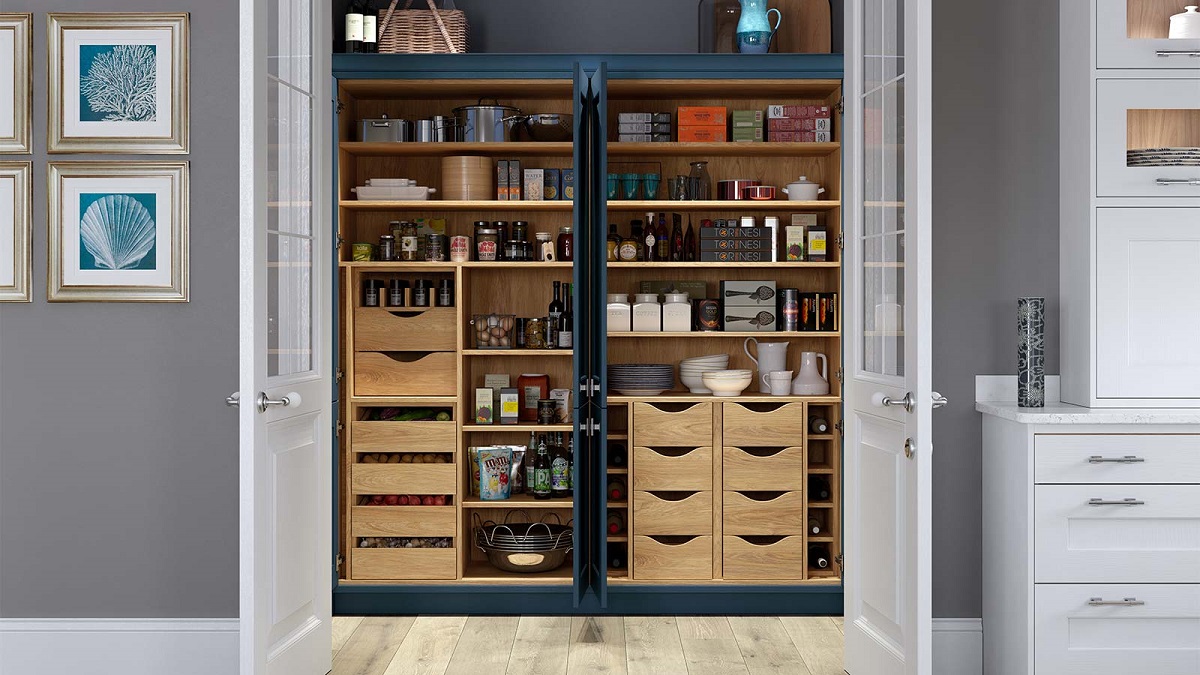
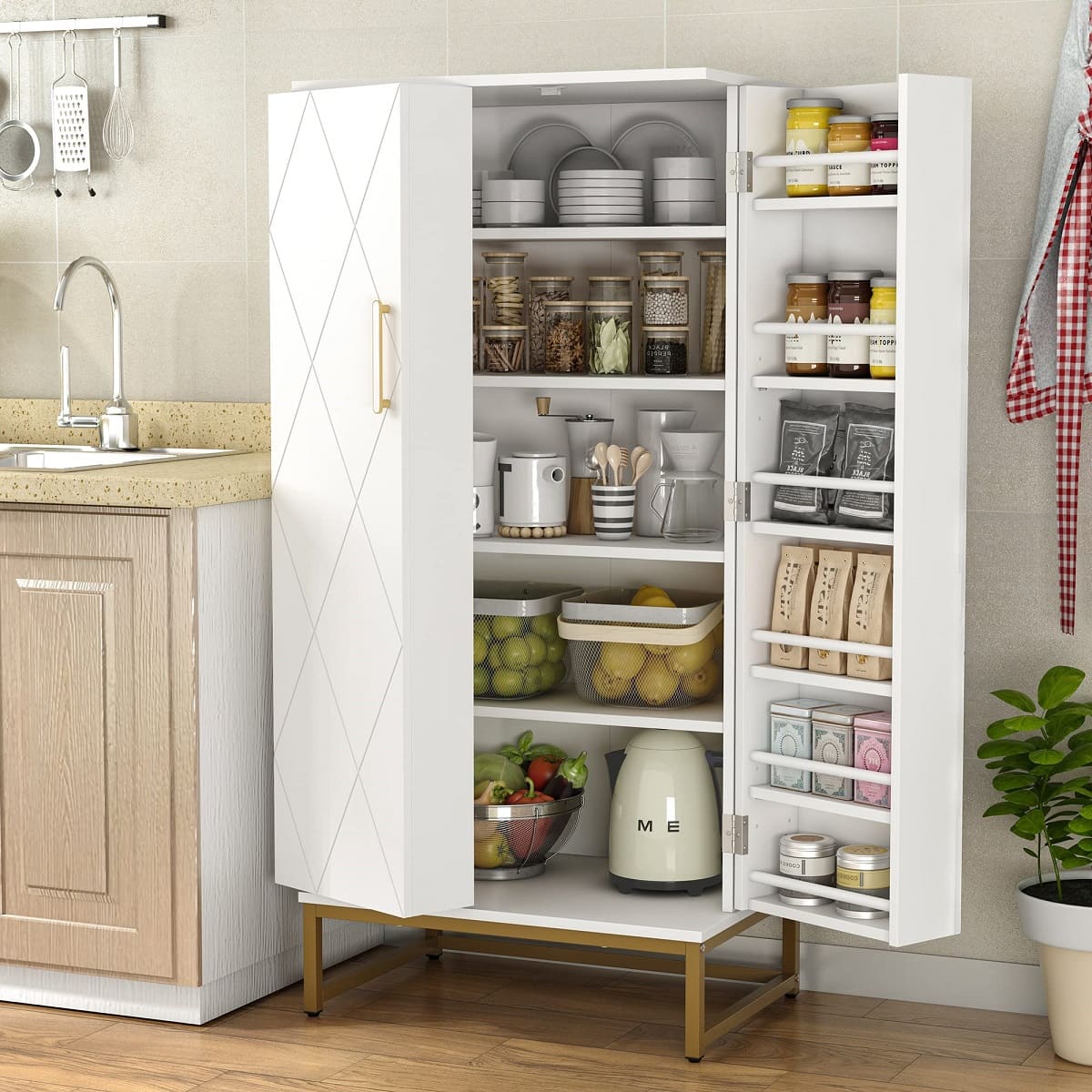
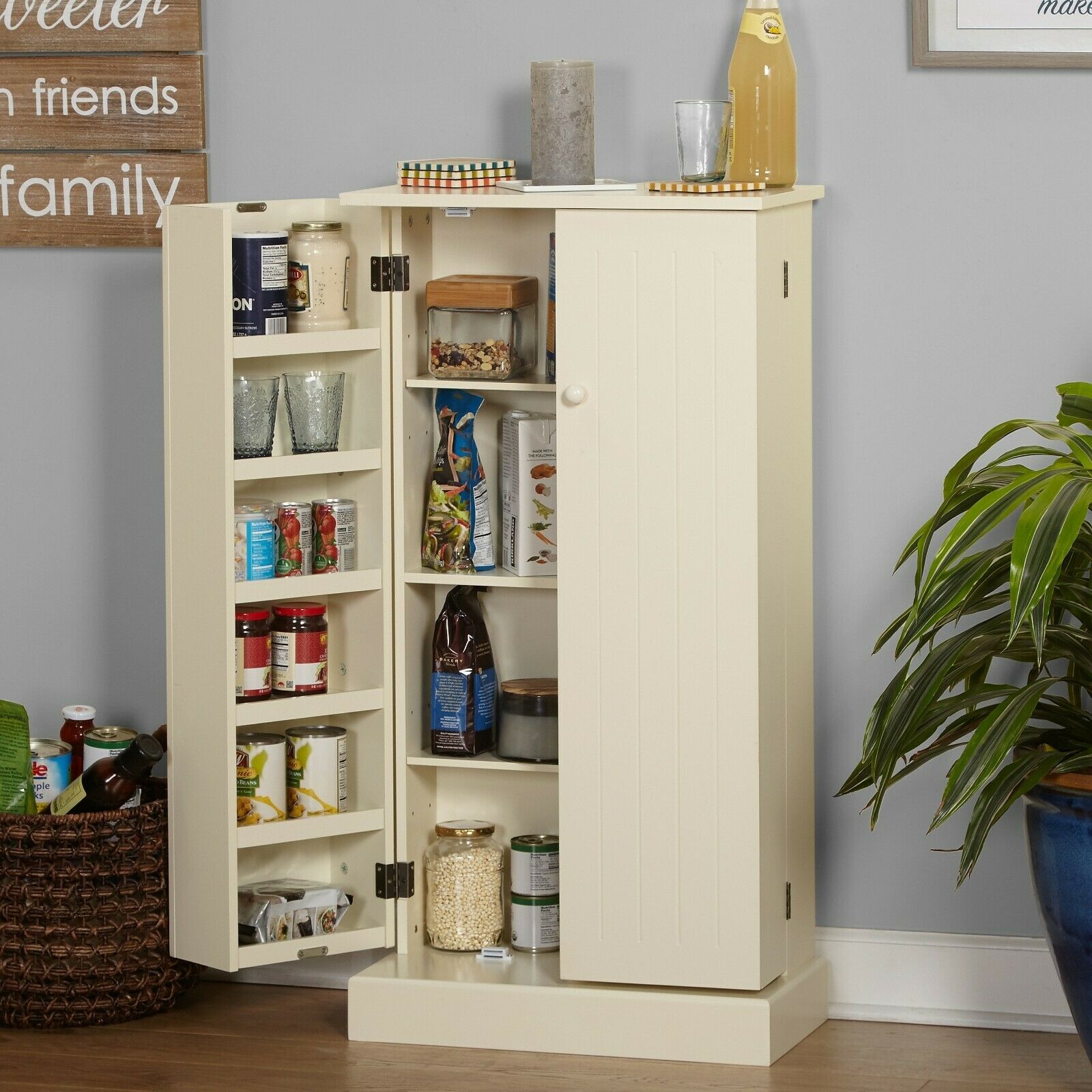
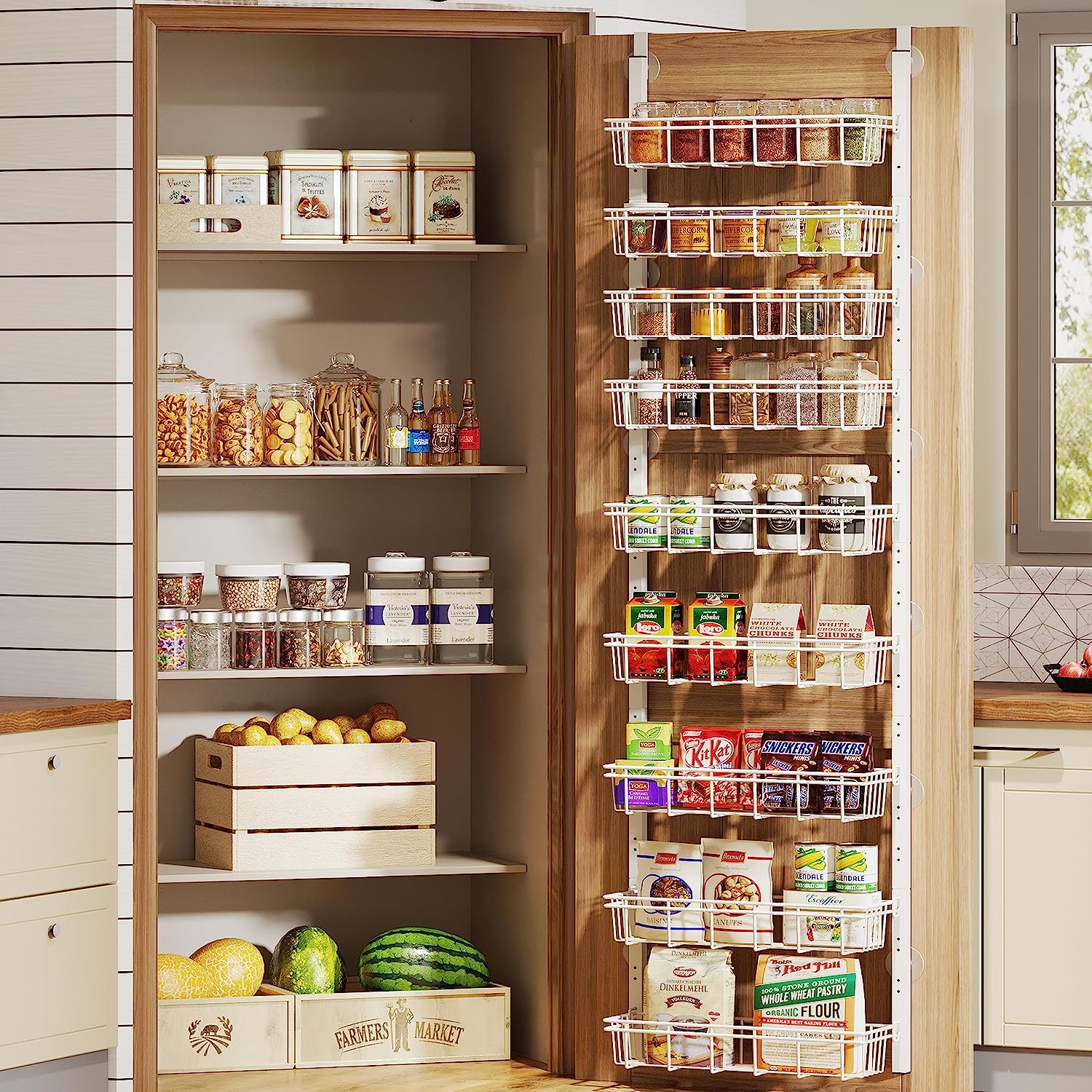
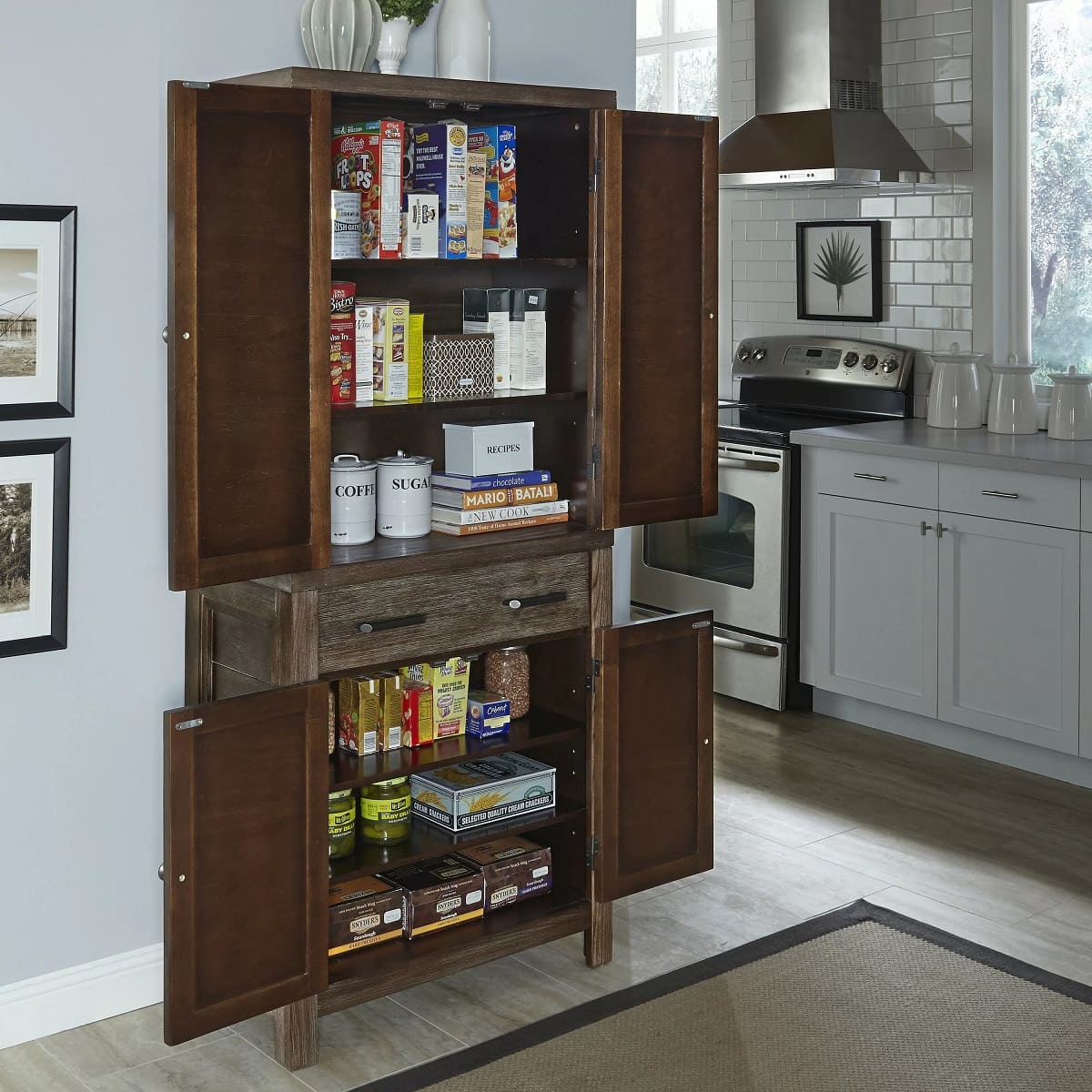
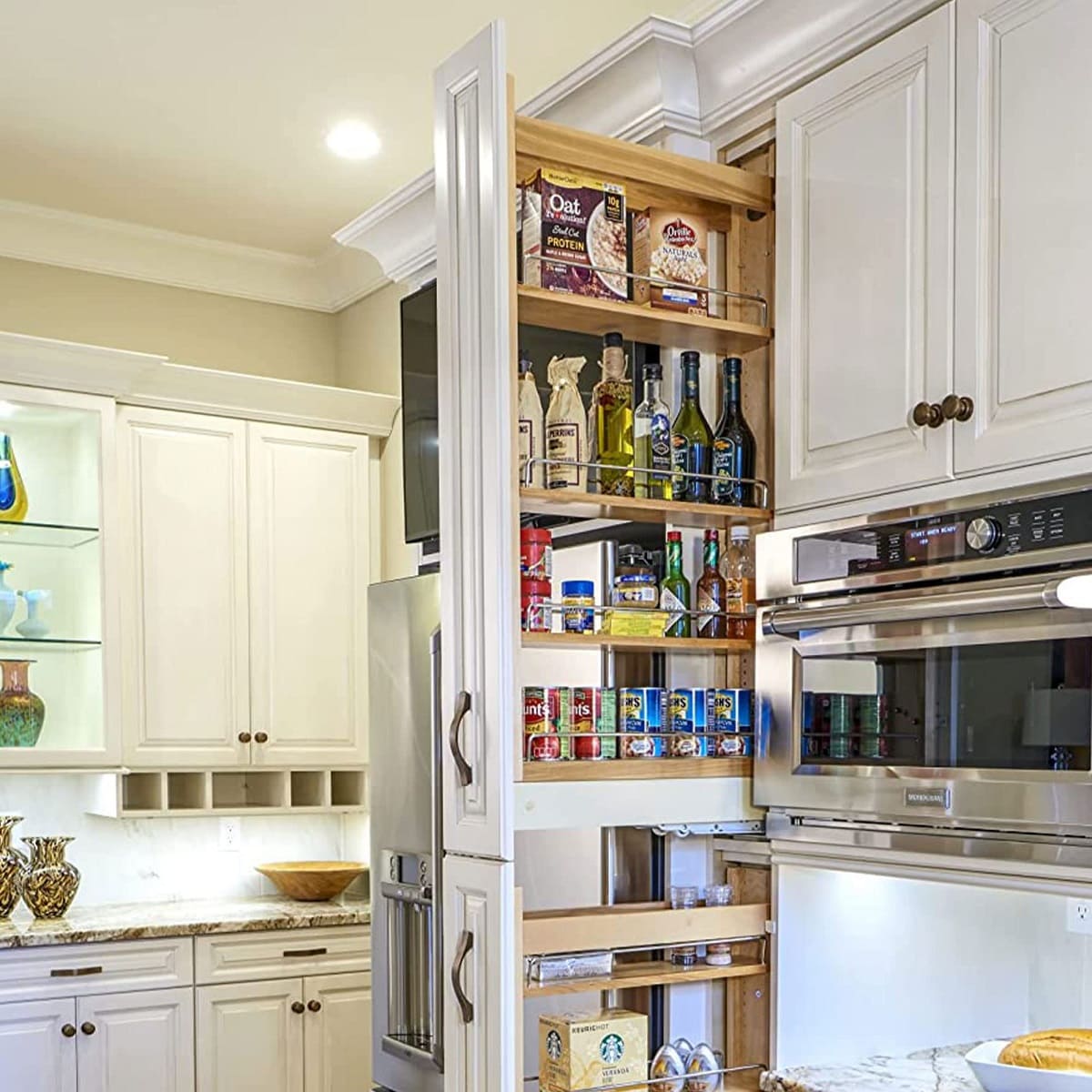
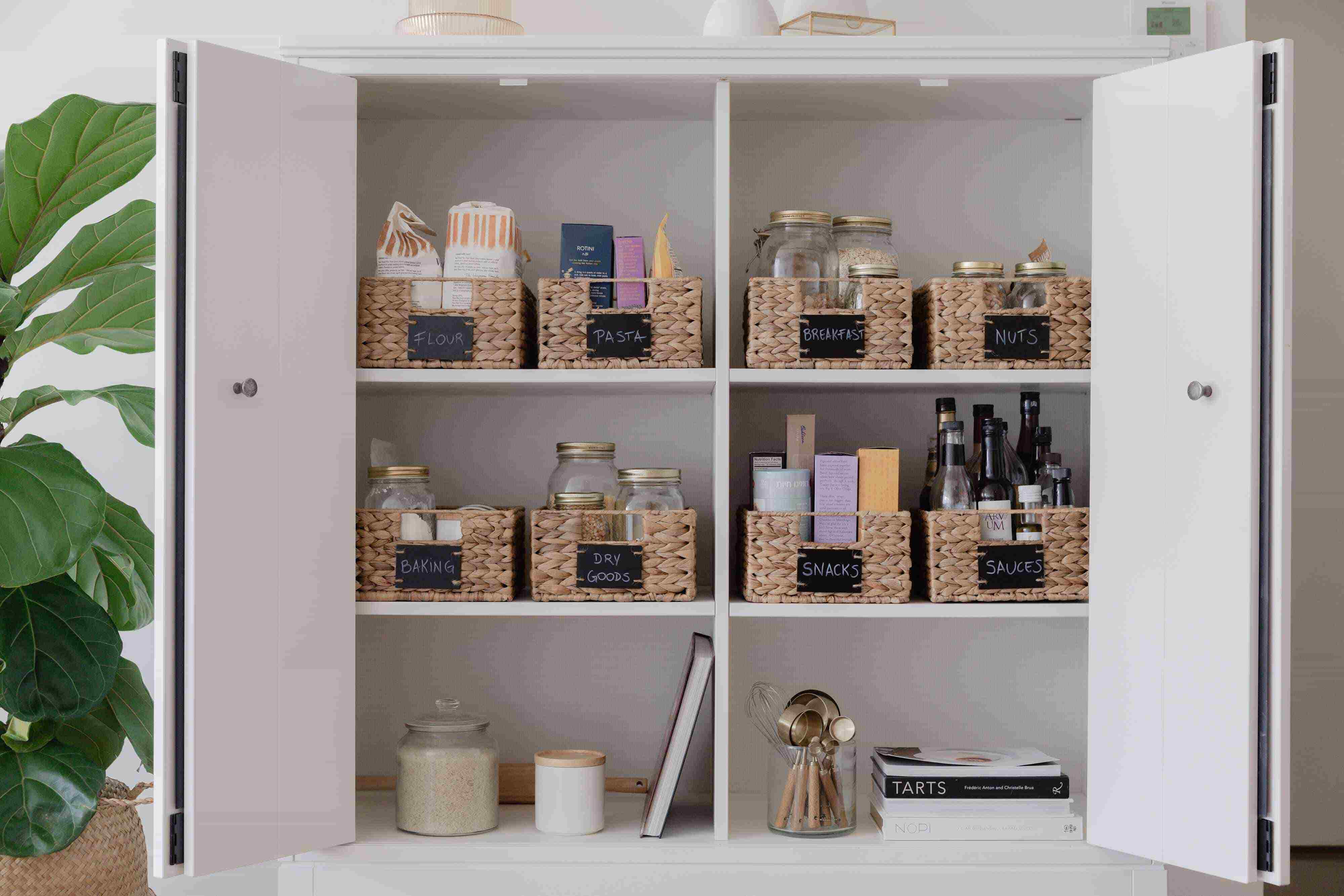
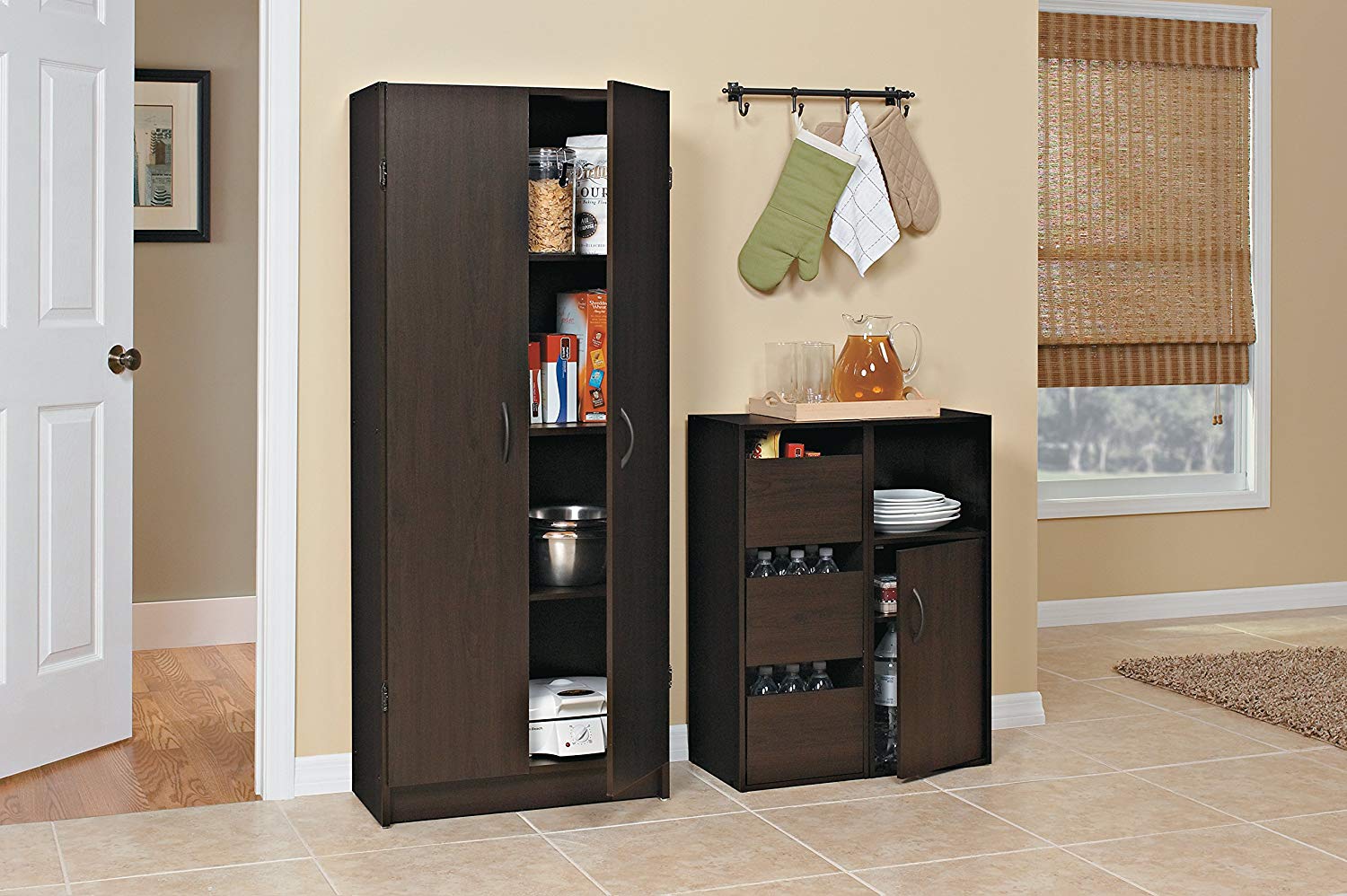

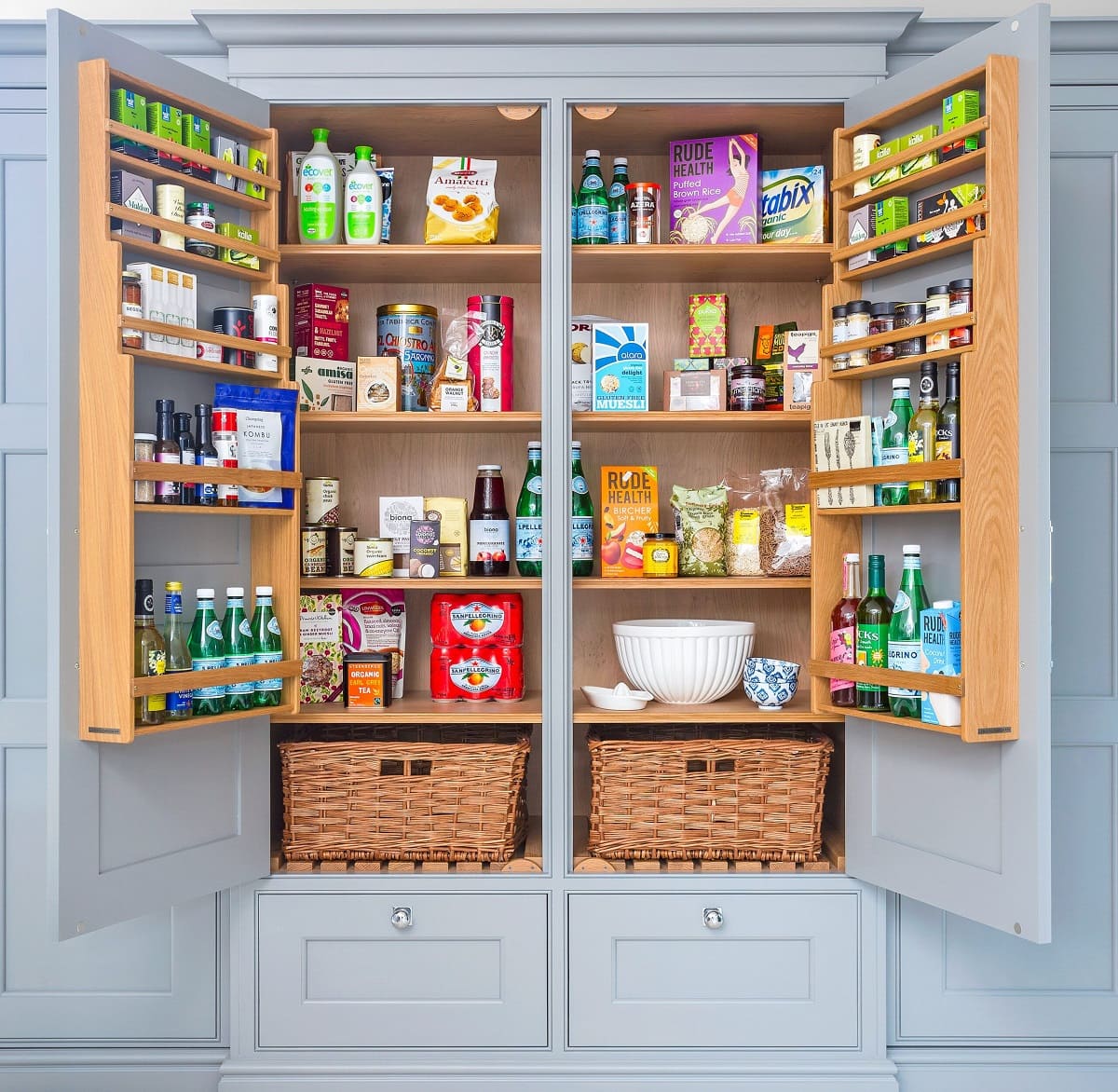
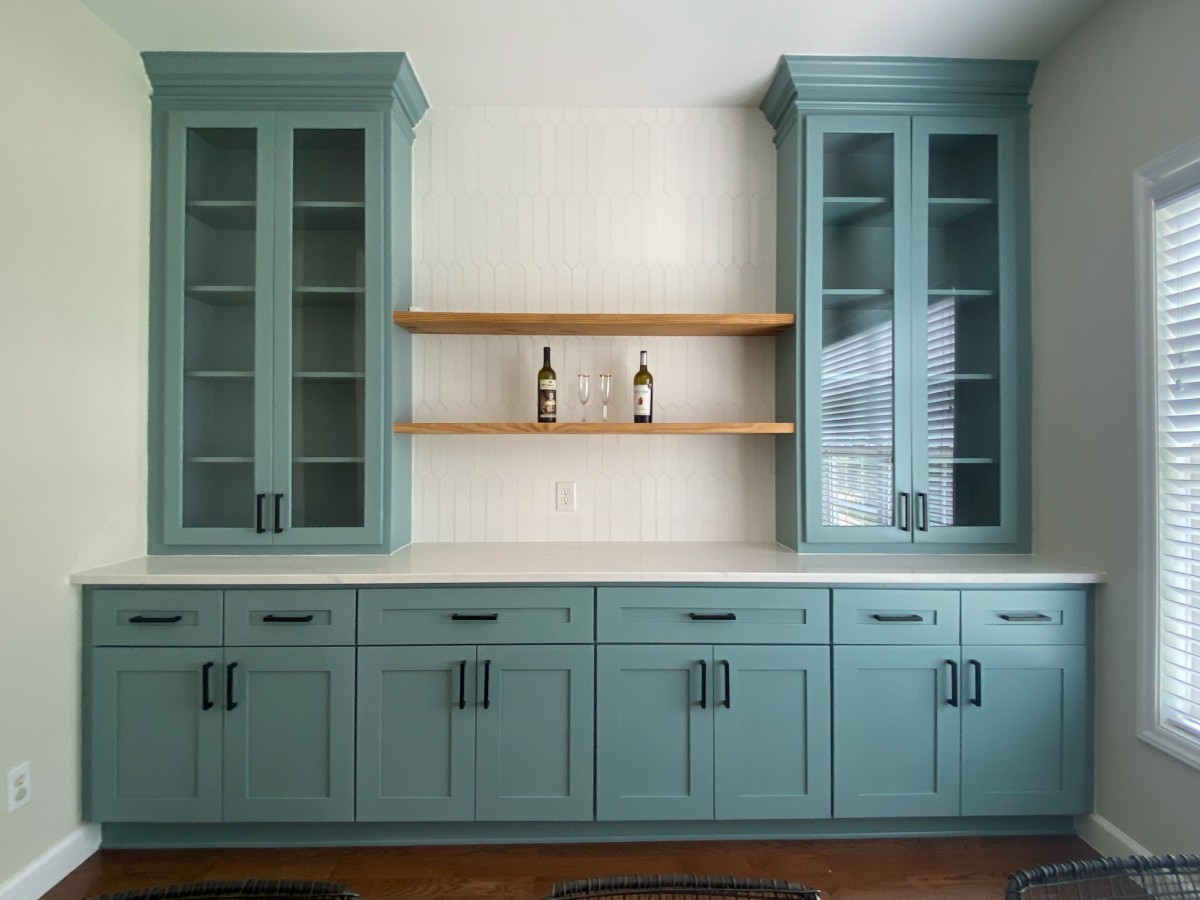
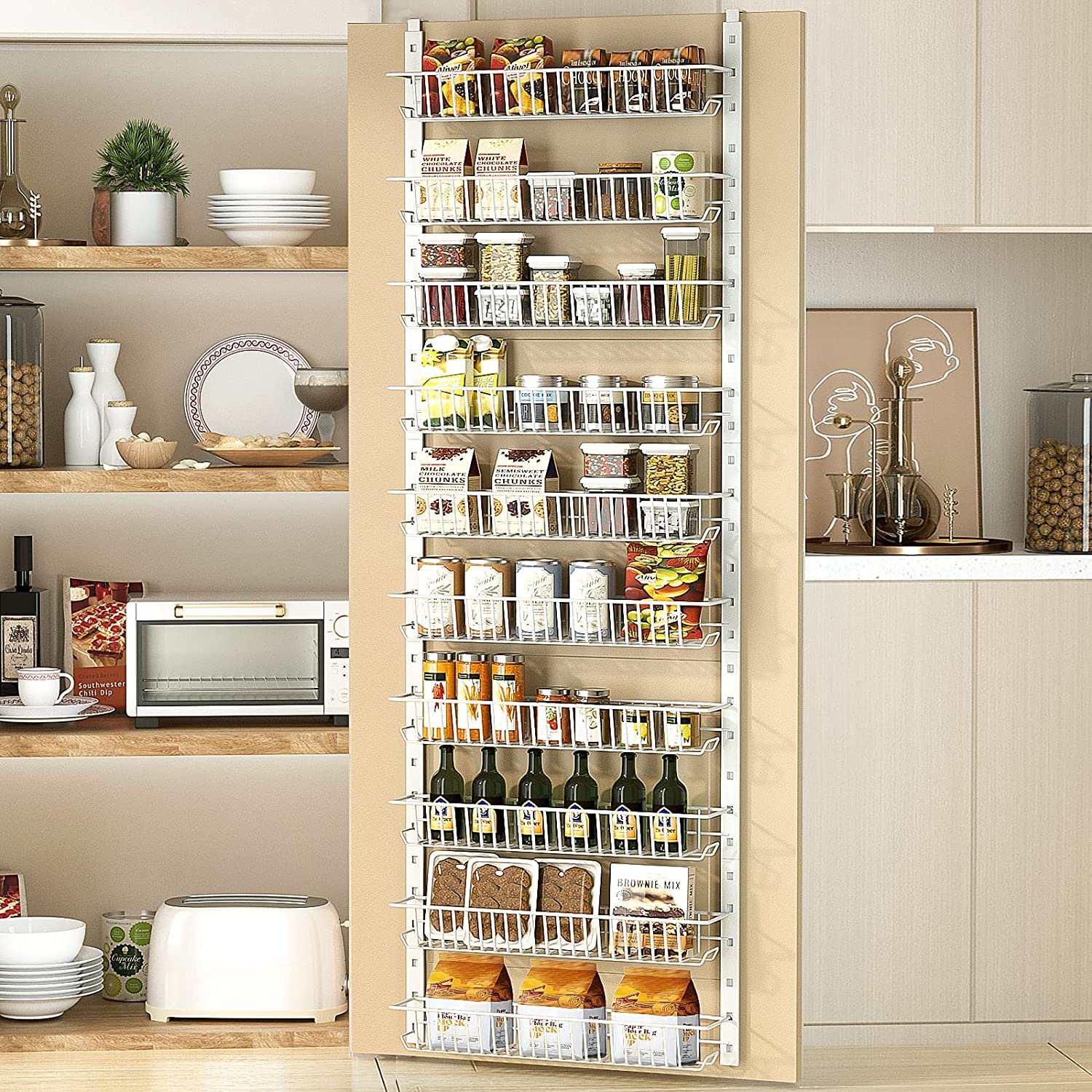
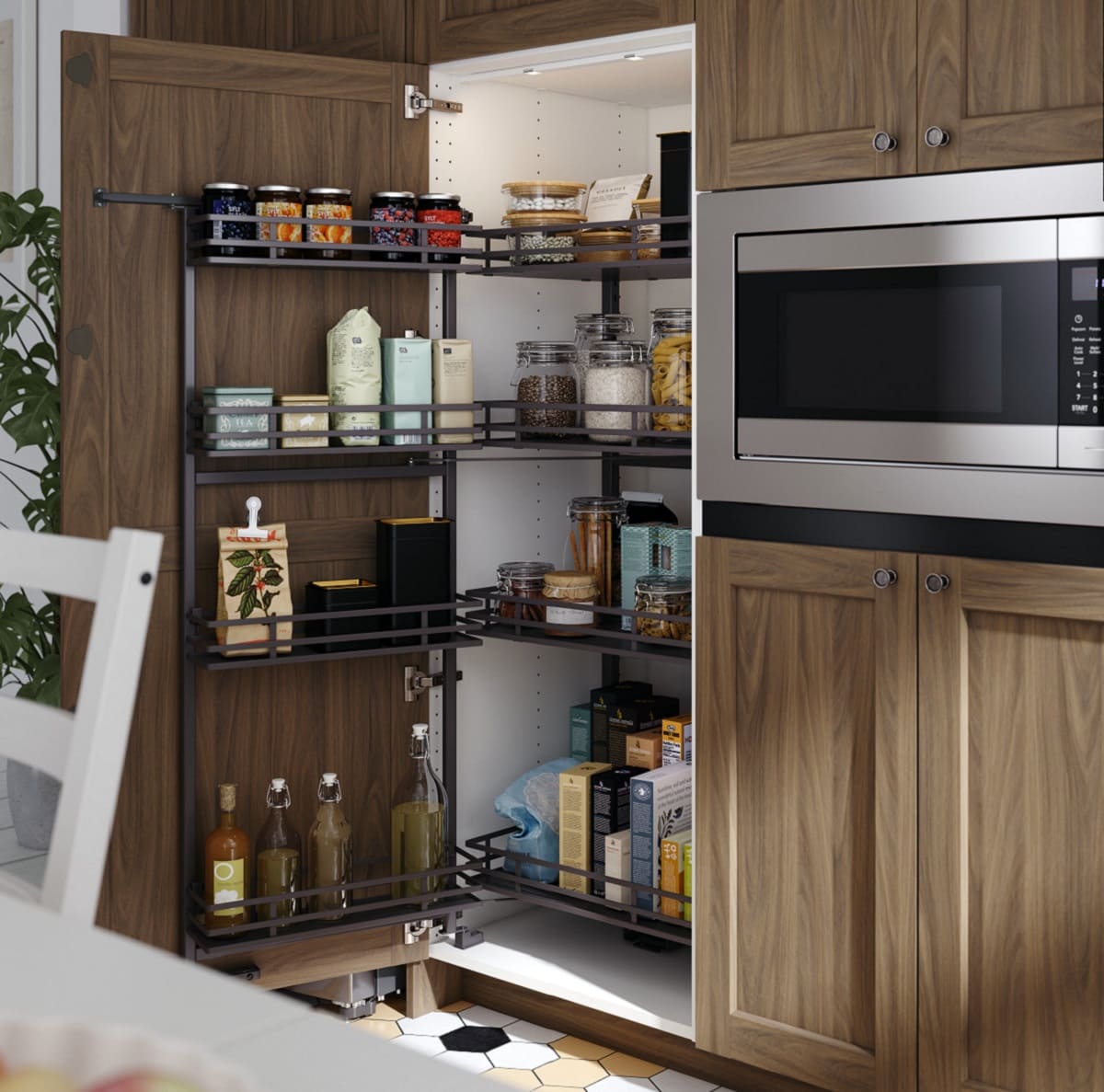
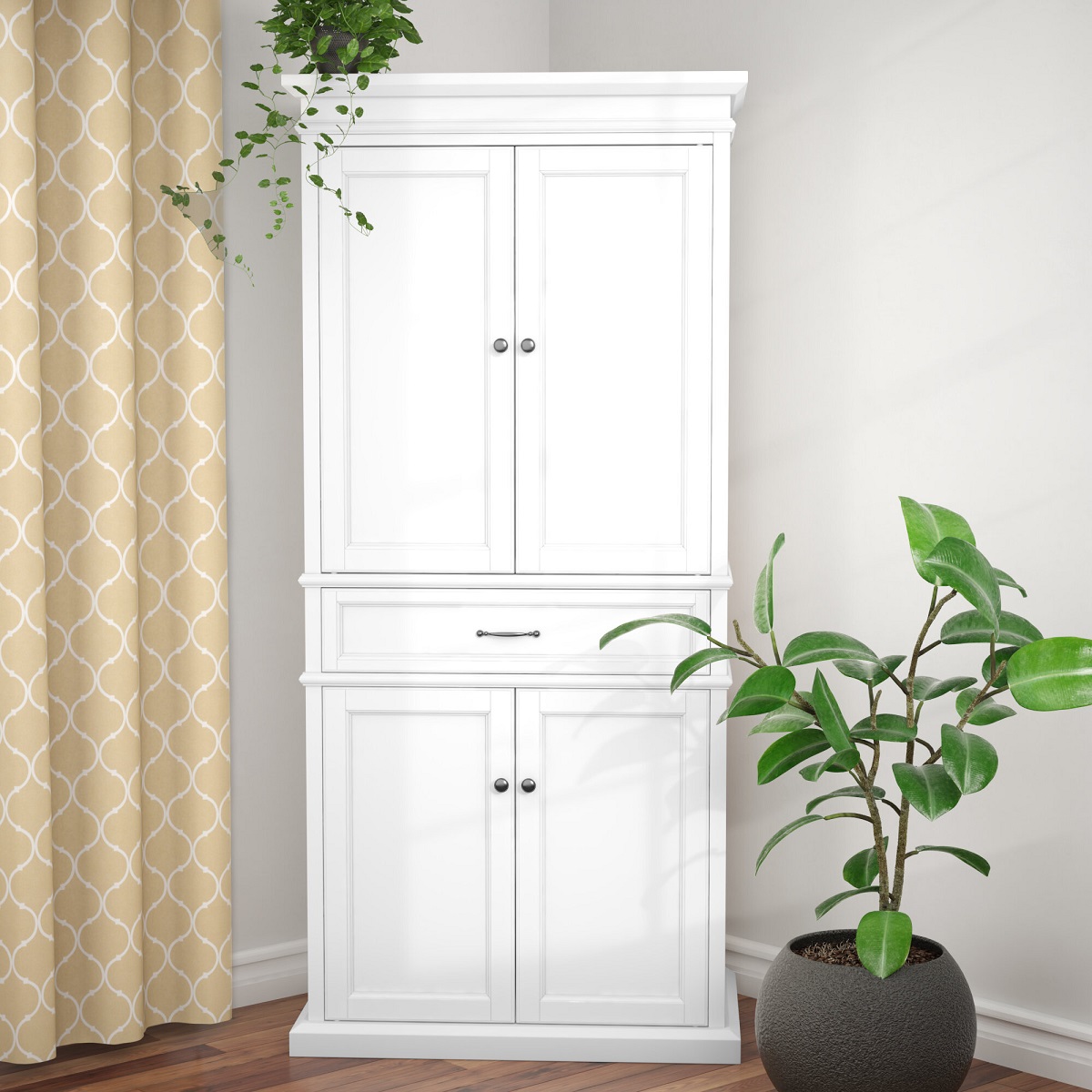

0 thoughts on “How To Organize A Deep Pantry Cabinet”